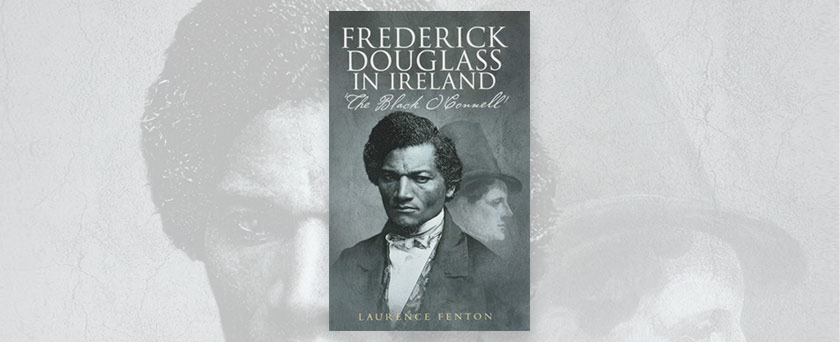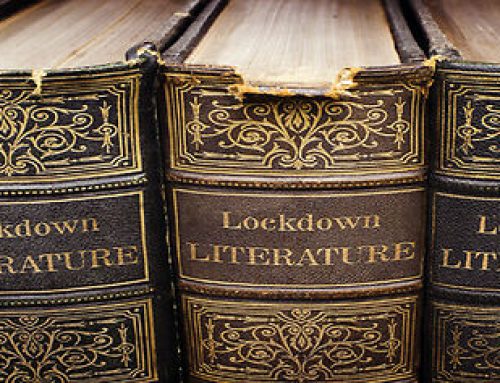October is Black History Month, and to mark it, we are looking at Frederick Douglass’s visit to Ireland, an event which brings together Black history, Irish history and the importance of literacy in effecting change.
Frederick Douglass, the American statesman, orator, writer, abolitionist and former slave, visited Ireland in September 1845, possibly one of the least auspicious moments in Ireland’s history. The extent of the disaster of the potato crop failure had still to fully hit home, Irish tenants were in the grip of an ‘absentee landlord’ system whereby failure to pay sometimes extortionate rents resulted in eviction and occasionally destruction of their homes, and although Catholic Emancipation had been granted in 1829, property thresholds meant that many Irish Catholics had no right to vote.
Frederick Douglass was born into slavery in Maryland around 1818. After a slave owner taught him the basics of literacy and later discontinued the teaching, on the basis that literacy would make a slave unmanageable, Douglass taught himself to read and write. He credited reading with bringing him to an awareness of the emancipation movement and human rights. He escaped to freedom in New Bedford, Massachusetts, in 1838, where the anti-slavery newspaper, the Liberator, gave him the impetus to get involved in anti-slavery reform. He wrote many autobiographies; the first, Narrative of the Life of Frederick Douglass, an American Slave, was published in 1845 – after its publication, he travelled to Ireland and the UK to avoid possible recapture.
Douglass commenced his successful Irish lecture tour in Dublin, visiting towns from Belfast to Cork. While in Ireland, he shared a platform with Irish politician and orator Daniel O’Connell, of whom Douglass later wrote:
“No transatlantic statesman bore a testimony more marked and telling against the crime and curse of slavery than did Daniel O’Connell. He would shake the hand of no slave-holder, nor allow himself to be introduced to one if he knew him to be such. “
The visit to Ireland would influence Douglass’s stance on universal human rights: having been appalled by the living conditions of the Irish poor, he saw little difference between one form of oppression and another and was an early supporter of the women’s rights movement.
For more on this pivotal figure, including his autobiography, see MultiSearch and the Irish Newspaper Archives (below; full references not listed).
From the Irish Newspaper Archives, notices from the press about Douglass’ autobiography: https://archive.irishnewsarchive.com/Olive/APA/INA.Edu/SharedView.Article.aspx?href=IEX%2F1845%2F10%2F22&id=Ar00124&sk=B374DF58
From MultiSearch:
Douglass, F. (2019). Narrative of the Life of Frederick Douglas, An American Slave.
Douglass, F. (2001). The Life and Times of Frederick Douglass
Fenton, L. (2014). Frederick Douglass Aboard the Cambria, 1845.
Quinn, J. (2003). “Safe in Old Ireland”: Frederick Douglass’s Tour, 1845–1846.
Ritchie, D. (2017). “The stone in the sling”: Frederick Douglass and Belfast abolitionism.
Rolston, B. (2003). Frederick Douglass: A Black Abolitionist in Ireland.





